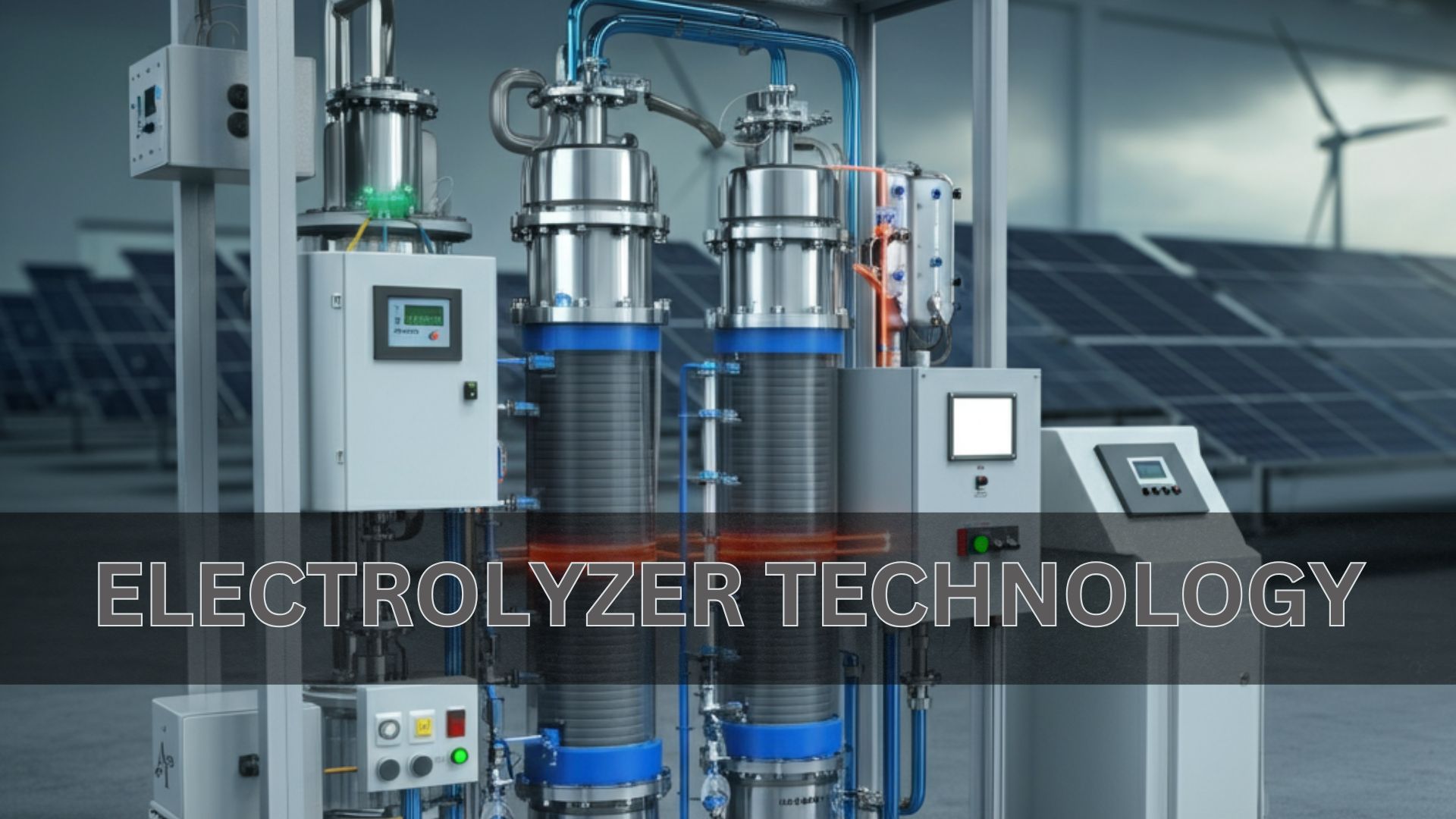From Rare Earths to Green Hydrogen: How Australia Plans to Lead Global Supply Chains
Production Tax Credits Propel Australia’s Green Hydrogen and Critical Minerals Sectors The Australian government’s introduction of production tax credits aims…
Production Tax Credits Propel Australia’s Green Hydrogen and Critical Minerals Sectors
The Australian government’s introduction of production tax credits aims to transform the energy landscape by supporting green hydrogen and critical minerals industries. By offering a performance-based incentive for industry players, the government is prioritizing long-term economic and environmental benefits while minimizing taxpayer risks. Here’s a closer look at the technologies, advancements, and what it all means for Australia’s future.
Green Hydrogen and Electrolyzer Advancements
Green hydrogen, produced through renewable energy and water electrolysis, has long been touted as a clean energy alternative. While early production was inefficient and expensive, recent advancements in electrolyzer technology are rapidly changing the game.
Electrolyzers are devices that use electricity to split water into hydrogen and oxygen. One significant breakthrough is the development of thinner membranes, which allow hydrogen to be produced more efficiently. These membranes reduce the energy required for production by improving ionic transport and optimizing gas removal. Additionally, researchers have introduced perforated titanium sheets in place of traditional materials, enhancing durability and conductivity while lowering costs.
Another crucial improvement is the reduced reliance on costly precious metals like platinum, which were previously key components in electrolyzers. New methods, such as spraying thin layers of iridium coatings on components, have drastically cut costs while maintaining performance. These innovations not only make green hydrogen production more affordable but also bring large-scale adoption within reach.
While there are no massive green hydrogen plants currently operational in Australia, the groundwork laid by the government’s tax credits aims to drive investment and scale production. By 2027, eligible producers could receive $2 in tax credits for every kilogram of green hydrogen produced, a significant incentive to foster industry growth.
Critical Minerals Strategy: Building an Independent Supply Chain
Australia holds some of the world’s largest reserves of critical minerals, including lithium, cobalt, and rare earth elements. These materials are essential for renewable energy technologies, electric vehicles, and high-tech manufacturing. However, Australia has historically exported raw materials to countries like China for processing. This reliance has created vulnerabilities in global supply chains, particularly as geopolitical tensions rise.
The government’s Critical Minerals Strategy 2023–2030 seeks to change this dynamic. By encouraging onshore refining and processing, the tax credits aim to position Australia as a leader in the critical minerals supply chain while reducing dependence on overseas markets. Companies refining any of the 31 minerals on the critical list will be eligible for a 10% tax incentive to offset processing costs.
Already, Australian firms are making strides. For example, Iluka Resources is building a rare earth refinery in Western Australia with government support, aiming to meet 14% of global demand for heavy rare earths by the end of the decade. Similarly, Lynas Rare Earths has expanded its processing operations in Kalgoorlie and is refining minerals critical to sectors like defense and renewable energy. These efforts not only bolster Australia’s economy but also align with global efforts to secure stable, ethically sourced supply chains.
Reducing Reliance on China
China currently dominates the production and processing of rare earth minerals used in technologies like wind turbines and electric vehicles. However, Australia is well-positioned to challenge this monopoly. Recent developments, such as Lynas’ new facilities and Iluka’s projects, signal a shift towards domestic refining.
Trade analysts note that Australia’s rising refining capacity will strengthen its role as a strategic partner for countries like the U.S. and Japan. This is especially critical as global tensions lead many nations to seek alternative suppliers for minerals vital to their industries.
Why Tax Credits Are the Right Approach
Unlike traditional grants or loans, which are paid upfront, tax credits are claimed after production. This means companies only receive support once they deliver tangible results, significantly reducing the risk of public funds being wasted on projects that fail to materialize. By linking incentives to performance, the government ensures taxpayer dollars are spent efficiently while encouraging innovation and competition in these emerging sectors.
These credits are projected to funnel billions into green hydrogen and critical minerals, with estimates suggesting an investment of $6.7 billion and $7 billion, respectively, over the next decade. However, the funds will only flow if projects prove viable—a cautious yet forward-thinking approach.
What This Means for Everyday Australians
While the conversation around green hydrogen and critical minerals might seem technical, these innovations have real-world implications. The advancements in renewable energy technologies promise more reliable power systems and lower carbon emissions, tackling climate change head-on. Meanwhile, a stronger critical minerals sector is expected to create jobs across mining, processing, and advanced manufacturing, particularly in resource-rich states like Western Australia.
The timelines for these initiatives are ambitious but realistic. The critical minerals tax credits will kick in by mid-2027, and projects reaching investment decisions before 2030 will be eligible for support. For green hydrogen, the next few years will be crucial for scaling up production and overcoming technological barriers.
Using These Technologies Today
Although the large-scale production of green hydrogen is still a few years away, small applications already exist. Hydrogen fuel cells, for instance, are being used to power vehicles and provide backup energy for remote areas. Businesses and local governments can begin integrating these technologies to lay the groundwork for broader adoption.
For critical minerals, individuals and businesses can advocate for sustainable electronics and electric vehicles that emphasize ethical sourcing. Supporting Australian-made technologies not only boosts local industries but also helps reduce reliance on less transparent supply chains.
The production tax credits signal a shift towards a cleaner, more sustainable energy future, and the technology is advancing quickly. While there are challenges to overcome, the groundwork being laid now ensures these industries can contribute meaningfully—both to the global fight against climate change and to Australia’s economic resilience.
What's Your Reaction?





























































